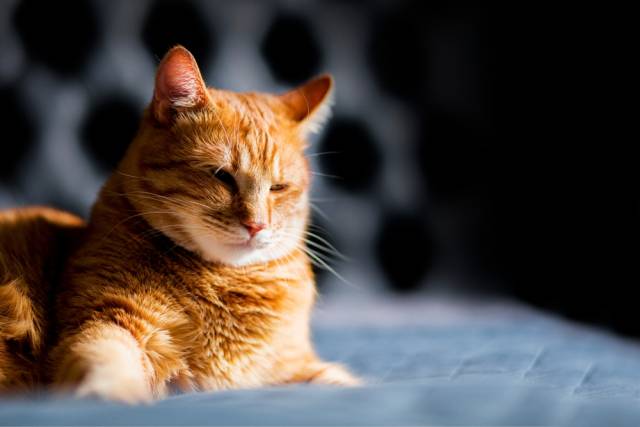Cats, known for their grace, independence, and mysterious charm, have been revered and adored by humans for thousands of years. From ancient Egyptian temples to modern-day living rooms, these enigmatic creatures have carved out a unique place in human history and hearts. This article explores the fascinating world of domestic cats, their behaviors, history, and the reasons behind their enduring popularity.
Advertisement
History of Domestication
The domestication of cats is believed to have started around 9,000 years ago in the Near East, during the early days of agriculture. Cats were attracted to human settlements by the abundance of food in the form of rodents. Over time, a mutually beneficial relationship developed: humans provided cats with food and shelter, and in return, cats helped control the rodent population. This symbiotic relationship gradually led to the domestication of the African wildcat (Felis silvestris lybica), the ancestor of today’s domestic cat (Felis catus).
Physical Characteristics
Cats are small, carnivorous mammals with a lithe and muscular body designed for stealth and agility. They have retractable claws, which help them climb and catch prey, and their sharp teeth are adapted for a carnivorous diet. One of the most striking features of cats is their eyes, which are adapted for low-light vision, allowing them to be effective hunters at dawn and dusk. Their keen sense of hearing and smell further enhances their hunting abilities.

